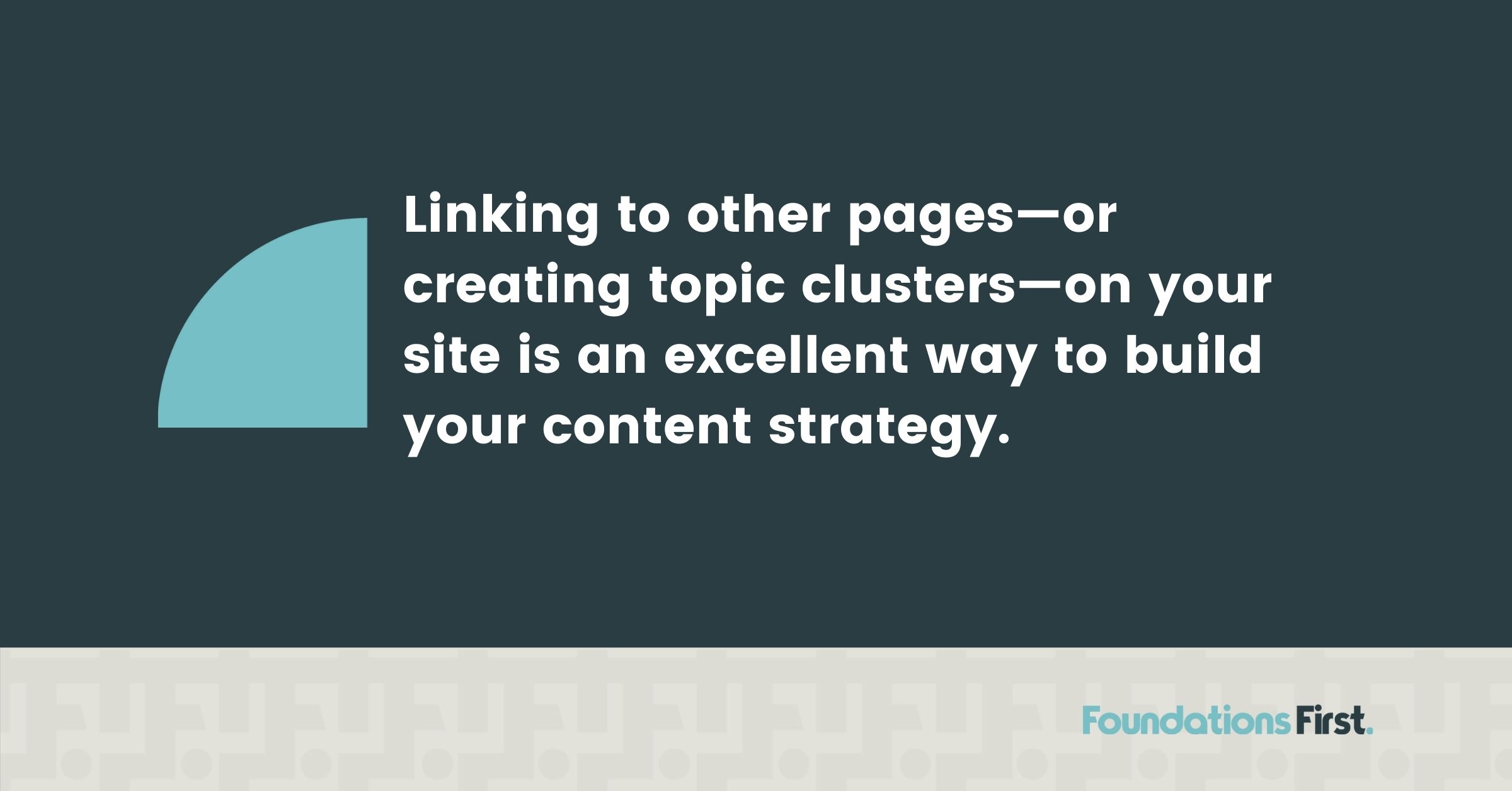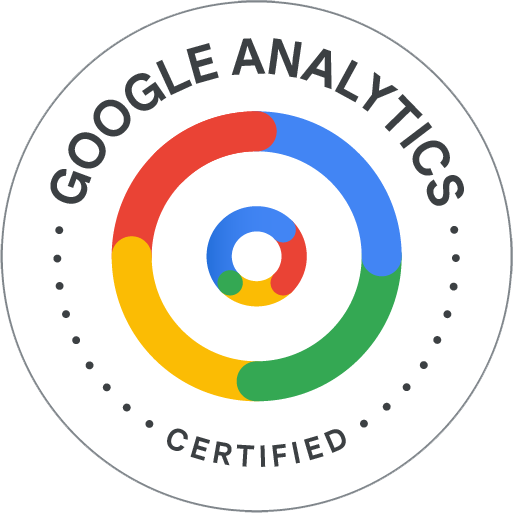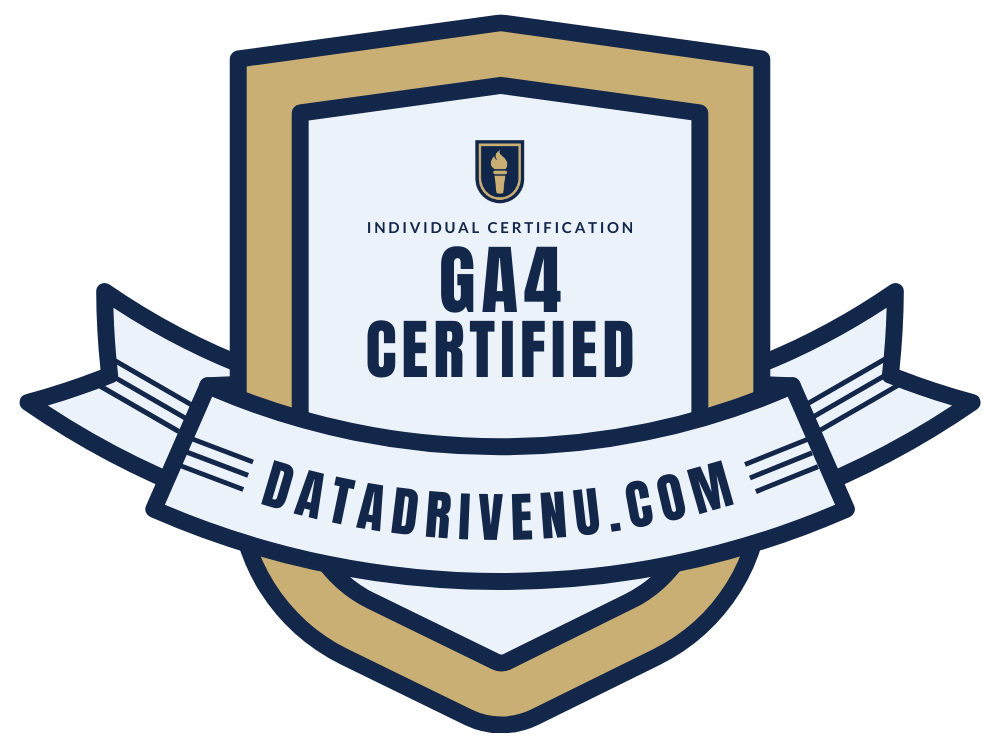5 Quick and Easy Blog Optimization Tips

If you want your blog to succeed and continue to generate traffic, you simply cannot walk away from it once you hit publish. To keep your blog running smoothly so it will reach your target audience, you must fine-tune or optimize your blog. Here are 5 quick and easy blog optimization tips that are truly so easy, you won’t mind adding them to your to-do list.
1. Topic Cluster Links
Linking to other pages on your site—or creating topic clusters—is an excellent way to build your content strategy. Topic clusters are built around a specific piece of content, or a parent or pillar page, that is linked to related but more focused pages. These links tell search engines and page visitors that the information is important and relevant to the topic of the parent blog post. Not only can this strategy help you generate more traffic, but it also builds credibility with your audience.
Creating a Topic Cluster isn’t that difficult, and we love SEMrush’s how-to piece called “What are Topic Clusters and How do They Work?” Their steps are pretty much the same as ours:
- Decide on your core topic–keep in mind your target audience when you do so.
- Do a keyword search for your core topic–this keeps you on the right track.
- Make a visual schema or outline of your parent or pillar topic. We advise you keep this aligned with your goal, strategy, and objectives. Doing so keeps you from wasting money on pointless content. By the way, if you haven’t already worked through aligning your goals and tactics, do that first! Blog optimization is damn tough without having done your foundational work first.
- Produce your content. Again, make sure it speaks to your target market’s issues. Good content helps your target audience solve problems rather than stuff how great your product is down their throats.
- Add internal links to support your topic clusters.
2. Third Party Links
If your blogs have links to third party sites, we recommend you check that those links open in new tabs. Otherwise when visitors click on a link, it will replace the URL and open the link in the existing tab. When this happens, people leave your site. That’s counter to blog optimization and is no bueno. You want people to stay on your site. Even when your visitors want to check out other links, they should easily be able to come back to your blog.
Luckily the solution to fix this problem is fast and painless. Simply make sure third party links open in a new tab. Here are a few tips:
- If you’re a WordPress user, all you need to do when editing the URL is check the little “Open Link in a New Tab” checkbox. Child’s play!
- We prefer to use plugins that automatically force links to open in a new tab that aren’t on our domain. How easy is that?
3. Blog Subheadings
We commonly see problems with subheadings when people code their own blogs. The issue with subheadings is that people may think that bolding a section of text qualifies as a heading. However, bolding text isn’t going to do much for you.
When Google searches or indexes your site, it moves from top to bottom. In other words, Google starts at the headline—which is your H1—and then it moves to H2, H3, H4, H5, and finally to H6. Those headings are Google’s priority. It uses the headings as an indicator of what the post is about.
If you have really clear headings, always make sure they’re flagged as H2. This way search engines won’t mistake your headings for important body text.
4. Facebook Debugger
When you’re preparing your blog post for publication on the back end, there’s a spot for a featured image. Generally, if you fill in this section and plug in a picture, Facebook will pick it up and that’ll be what they share. Perfect…right? Unfortunately, when you share it on Facebook, it may not look like what you’d expected. Instead of your nice big image with a clear headline, there’s no picture, there’s no thumbnail, there’s nothing. (Insert dramatic music here.)
Thankfully, there’s Facebook debugger. This tool, https://developers.facebook.com/tools/debug/, is one of our favorites.
Best of all, it’s super easy to use. Just plug in your URL and hit debug. It’ll give you a preview of how Facebook sees it so you can fix any issues before they arise!
5. Call to Action (CTA)
Last but not least, always check your CTA. There’s nothing worse than a great blog post with a boring “Contact Us” call to action. You want your CTA to inspire your audience to do something other than leave your page.
If you have a “Contact Us” CTA, come up with something else a little more exciting. Here are a few suggestions you could ask your audience to do:
- Follow you on Facebook
- Join your closed Facebook group
- Watch a video
- Check out another post
We’ve got other blog optimization advice and tips
Blog optimization has a lot of pieces. It’s easy to forget something critical. When you do, your target-audience-focused blog may be left to wander the wild corners of the Internet where Google can’t find it. Checklists help. It may also be helpful for you to read “Your Blog Post Publishing Checklist,” where you’ll find a handy Foundations First Blog Checklist.

Michelle Tresemer
Categories
- Analytics and Measurement
- Brand Messaging
- Competitor Analysis
- Content Marketing
- Digital Marketing Strategy
- Digital PR & Events
- Marketing Budgets
- Marketing KPIs
- Marketing News
- Marketing Rock Samples
- Marketing Staffing & Vendors
- Marketing Strategy
- Marketing Tech Stack
- Podcast
- Product Marketing
- Sales Marketing Alignment
- SEO
- Social Media
- Strategic Marketing Partnerships
- Target Markets
- Uncategorized
- Vision & Purpose
- Webmaster








